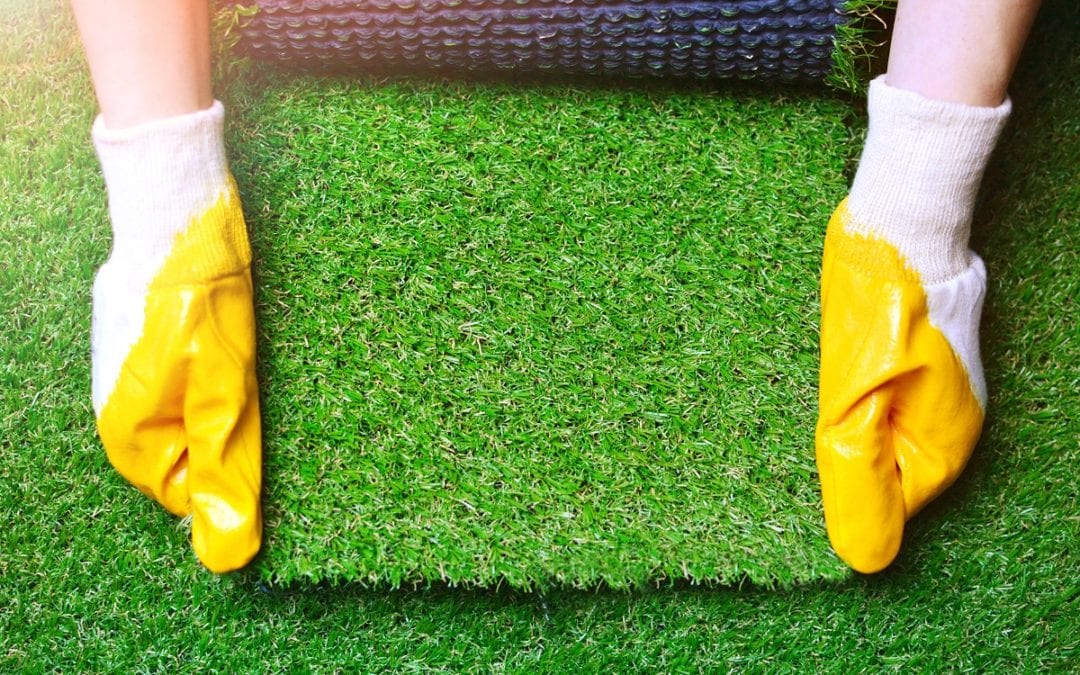Fact or Fiction: Do Weeds Grow Through Fake Grass?
Artificial grass has gained popularity as a low-maintenance and eco-friendly alternative to natural grass. It offers several advantages, such as reducing water consumption and eliminating the need for mowing and fertilizers. However, one common concern that people have about artificial grass is whether it gets hot during the scorching summer months. In this blog post, we’ll explore the facts and fiction surrounding this topic and provide you with a comprehensive understanding of whether artificial grass can become uncomfortably hot in the summer.
The Composition of Artificial Grass
Before we dive into the heat aspect, it’s essential to understand the composition of artificial grass. Most artificial grass consists of several layers, including a base layer, drainage system, and the synthetic grass blades. These layers work together to mimic the look and feel of real grass while providing various benefits. The top layer, the synthetic grass blades, is the part we’re concerned about when it comes to heat.
Fact: Artificial Grass Can Get Hot
It’s true that artificial grass can get hot during the summer, especially in regions with high temperatures and direct sunlight. The primary reason for this is the synthetic materials used to create the grass blades. These materials, such as polyethylene and polypropylene, can absorb and retain heat. When exposed to intense sunlight, the temperature of the grass blades can increase, making the surface feel warm to the touch.
The Heat Retention Factor
The heat retention factor of artificial grass is influenced by several factors, including the color of the grass, the density of the blades, and the infill material used. Darker-colored artificial grass tends to absorb more heat than lighter-colored alternatives. Similarly, grass with denser blades will have more surface area to absorb heat, contributing to higher temperatures.
Fiction: Artificial Grass is Always Unbearably Hot
While it’s true that artificial grass can get hot, it’s essential to dispel the misconception that it’s always unbearably hot. The perceived temperature of artificial grass in the summer depends on various factors, including the location, climate, and the time of day.
Mitigating Factors
Several factors can help mitigate the heat on artificial grass:
- Shade: If your artificial grass is in an area with ample natural shade from trees or structures, it will remain cooler during the day.
- Infill Material: The type of infill used can significantly impact the heat retention of your artificial grass. Some infill materials, like silica sand, help dissipate heat and reduce surface temperatures.
- Watering: Sprinkling your artificial grass with water can provide temporary relief from heat, much like natural grass. However, it’s important to note that overwatering can damage the grass over time.
- Time of Day: Artificial grass is often hottest during the peak of the day when the sun is at its zenith. In the early morning and late evening, when the sun’s angle is lower, the grass is cooler to the touch.
Cooling Solutions
To make your artificial grass more comfortable during hot summer days, you can consider various cooling solutions:
- Shade Structures: Installing shade structures like pergolas, umbrellas, or awnings over your artificial grass area can provide relief from direct sunlight.
- Artificial Grass Cooling Products: Some companies offer cooling products specifically designed for artificial grass. These products can be sprayed on the grass to reduce surface temperatures.
- Artificial Turf Infill: Choosing an infill material designed to dissipate heat, such as organic infills or hydrochill infill, can help keep your grass cooler.
Conclusion
The debate over whether artificial grass gets hot in the summer is a mix of fact and fiction. It’s true that artificial grass can become hot, particularly in areas with intense sunlight and high temperatures. However, it’s not an absolute rule, and there are various factors that can mitigate the heat and make your artificial grass more comfortable to use.
Ultimately, the temperature of your artificial grass will depend on your location, the time of day, and the choices you make regarding the type of artificial grass, infill material, and cooling solutions. By being informed and taking the appropriate steps, you can enjoy the benefits of artificial grass while keeping it comfortable for all your outdoor activities, even on the hottest summer days.
One common misconception people have about synthetic grass is that weeds will still grow through the artificial grass. If you use the right infill and choose synthetic turf with quality backing, weeds are not an issue.
To start with, weeds typically take root after their seeds are blown through the wind or fall off animals and birds. The seeds will require soil and water to propagate and grow. Since an artificial lawn has neither of these, the seeds tend not to sprout, in most cases.
Second, even if the seeds do start to grow, there is nowhere for them to root. It is not unheard of to see some weeds starting to pop out after rinsing off the artificial turf with water. Yet, the roots cannot penetrate the backing, so they just remain on top and are easily removed.
Last, there are just too many sub-levels for weeds to thrive. They must grow through the infill and drainage areas before they even can reach the soil far underneath. Furthermore, there are no nutrients to help the weeds grow since they cannot reach the soil.
This is not to say that weeds won’t appear around the borders of the fake grass lawn. Just that weeds growing in synthetic lawns is highly unlikely since the necessary elements and environment for weeds to thrive is not present.
For further information about synthetic grass for your home, please feel to browse our wide range of artificial grass products online or contact Artificial Grass Wholesalers directly at 877-262-4145 for further assistance or to buy artificial grass today!



